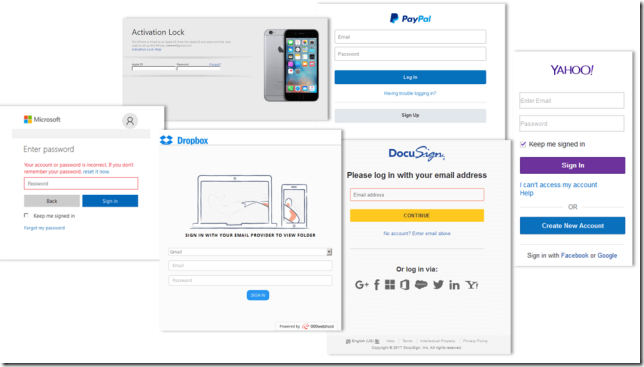malware
2 TopicsOf Ransom and Redemption: The 2021 Application Protection Report
The information security professional’s mission has gradually become extraordinarily complex. At times, this mission borders on contradiction. Quite often, responsibility for the various components that form an enterprise environment is spread not only among multiple teams within the enterprise but also among vendors, partners, and service providers. In this 2021 Application Protection Report by F5 Labs, Sander, Ray, Shahnawaz, and Malcom look at the breaches in the past year as a series of attacker techniques, explore the outcomes, and provide some recommendations for controls you can implement in your environment. Some Highlights Two-thirds of API incidents in 2020 were attributable to either no authentication, no authorization, or failed authentication and authorization. In 2020, four sectors—finance/insurance, education, health care, and professional/technical services—experienced a greater number of breaches than retail (the leader in 2018 and 2019), partly driven by the growth in ransomware. The most important controls are privileged account management, network segmentation, restricting web-based content, data backup, and exploit protection (i.e., WAF). DevCentral Connects featuring Sander Vinberg Or, if you prefer, listen to Jason & John talk to Sander, directly, on DevCentral Connects.245Views0likes0CommentsF5 Labs 2018 Phishing & Fraud Report
The F5 Labs 2018 Phishing & Fraud Report is out! In this report, the F5 Labs team specifically investigated the rise of phishing and fraud during the 'holiday shopping season,' beginning in October and continuing through January. Fraud and phishing attempts increase 50% right now, from October to January and phishing was the root cause of 48% of the data breaches that F5Labs investigated. It's important to check out the report because it explains how phishing works, how to defend yourself against phishing attacks and the importance of training employees to recognize malicious emails. Some of the crazy stats they found include 93% of phishing domains offered a secure (https) version of the site to appear more legitimate and 68% of malware sites used encryption certificates (https), meaning 68% of Command & Control servers use port 443. The crooks are going through the trouble of getting SSL certificates for their fake, but real looking sites. Take a look at some of these. Do any of these web logins look familiar? How about this one? Or maybe this one? If so then you need to check out the 2018 Phishing and Fraud report from F5 Labs because they were all fake. Attackers are getting so good at creating fake websites that impersonate the real thing, most people can’t tell the difference. One thing is for certain, employee click-through rates on phishing emails drop from 33% to 13% with security awareness training: 33% — 1-5 training events 28% — 6-10 training events 13% — 11 or more training events You can check out the Preview Video here and get your report at https://www.f5.com/labs ps340Views1like0Comments
